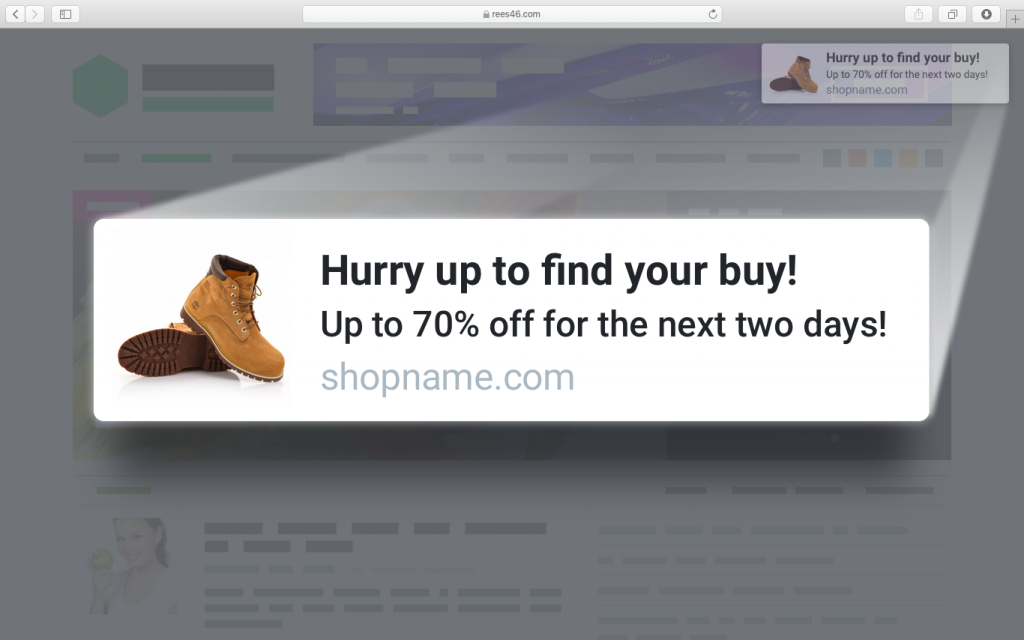
In this digital world of constant competition, everybody is used to the dumping: all retailers, top or small, your direct competitors, your customers. You think this tactic gives you more sales, more clients, a stable niche but you’re betting on the wrong horse playing “by the price.” “Why?” – you’re asking? Today you’ll see the fundamental flaw of this approach and learn why this tactic has the power to give your online store no competitive edge at all.
Something Smells Fishy
A lot of customers are suspicious about the non-standard price models. You have a strong brand image? A user-friendly, attractive website? Care your deliveries are well-packed and include a personal card to thank the buyer? You’ve probably hidden all these costs in the market price. Because you have to pay all those people, who created all that, and probably a lot.
So, why is your price lower than the average? They don’t know what to think to justify your decision and go haywire.
Even more, customers tend to cling to the possible negative aspects while overthinking.
Humm, the price is 1.5 times lower than in another store. Maybe you’re slow with the delivery. Or you save on packing and protection. Maybe the item has a hidden small defect. There must be something!
A “lower-price” policy raises a lot of questions that do not have straight answers unless the customer had a previous good experience with your venue. Too many unknown variables. You may have an excellent delivery service, but poor customer support, and since nobody’s perfect (including the manufacturer and the delivery company) you can wind up having a dissatisfied customer with a faulty item or 5-days delayed delivery.
You Look Cheap
Lower prices are misleading. They push the idea of an inferior brand onto your prospects. There is a group of customers, who are psychologically not comfortable with the concept of a lower price.
Moreover, there are retail segments, where this tactic fails. For instance, jewelry. A newcomer would be afraid of a “decoy” brand selling questionable articles with low karat gold or fake gemstones, and a pro would skip you store not to waste time learning the truth.
The main reason is not the quality of your items. In reality, you may be selling fantastic high-end jewelry. It’s the price that can raise the questions and shun your patrons.
This kind of mistake has been repeated by premium segment brands, such as Coach, Michael Kors, and Ralph Lauren. Trying to rise their popularity, they opened too many discount outlets, which unsurprisingly worsened their performance.
Indigent Customers
Discounts and sales attract low-budget clients. These people are very picky about their purchases, and having such leads cannot guarantee you new buys.
If your niche choice is to be a discounter, you will soon meet this problem. Despite what you may think, solving it is not in any way easier for a discounter than for a regular store.
Freddie the Freeloader and Minnie the Moocher
If today you’re hitting your customers with a flash “50% off” sale and tomorrow – with a “two-for-one” offer, you will never be able to return to normal pricing. Your audience will fail to see any positive sides of this decision.
Repeating flash sales, significant discounts events and sales of the day, you enable your customers to be freeloaders. They will expect a deal. Everyday. Once you have normal pricing back, they’re out. And if you think, they’re right to do so, since it was you, who bet on the price and made it your main selling point.
“Consumers want deals, and they’re willing to wait for them,” commented C. Britt Beemer, the chairman of American Research Group, a consumer research firm. “When you train customers to shop at big discounts, that customer is not going to change.”
You can clearly see it from the experience of such big retailer as JCPenney: once they decided to recover to reasonable pricing, they saw a burst of indignation from their audience and a subsequent decline in sales (27,9%).
Loyalty Is Out of Question
Bargain-hunters are always on the move and do not stick to one place. Found, purchased, forgotten – that’s their motto. Of course, it means you have a sale. What it also means that you do NOT have a customer. Nothing to develop: no repeat sales, no re-engagement, no loyalty building. You made your bet – you won, one time.
Everybody Plays for the Price. What Can I Offer if Not That?
All these points above are valid, but they do not provide a solution. You must somehow carry on, grow and gain new customers.
A strong brand image, focus on loyalty and customer lifetime value is adamant. However, not for a beginner or a growing store, due to the extensive price that may exceed your current budget (while you still have to pay your workers and restock your shelves).
So, what can you offer your customers if not a competitive price? For a small to mid-sized store in the pursuit of profit, it’s better to concentrate on the value.
At REES46 Technologies we’ve been working on a comprehensive solution for sales boost in online retail. A solution that takes a few clicks to integrate and that adds value to your store giving you more viable assets than just a lower price, but not excluding it from the picture.
Some advice if you choose to add more value to your growing store:
Empower it with customer reviews and ratings. People love to hear what others have to say. It gets them involved, it provides the sense of safety and enables to move towards their buy. Regardless of the price, your customers want to know the experience the product will deliver. You don’t have to manually collect the feedback for months before posting or (don’t try that, it doesn’t work) write fake reviews yourself. Instead, you can automatically gather real feedback and quickly add it to your website. The authenticity of each review is guaranteed!
Personalize experience for every visitor. Income level is one of the key sales parameters for the stores with competitive pricing. If it’s the third “80% discount” item viewed by the visitor, recommending regular-price products won’t work. The Progressive Personalization technology that we’ve created for the situations like this relies on such key parameters and dynamically changes the product recommendations, in the real time. Tens of key parameters we included in the algorithms, ensure a correct type of personalization: women’s shoes to a woman, a fitting size depending on the determined shoe size, cat food formulas to a cat owner. Get more details about Progressive Personalization from our eBook.
Instantly inform your customers. Why organize a big sale, if not to draw as many buyers as possible, as soon as possible? To later make them buy again. It is easier than you think when you use web push notifications. Everybody, who’s ever visited your website and allowed these browser-native messages (people are pretty much used to them by now), will get informed.

Push notifications generate +7% conversion rate, which is a substantial percentage of a growing online business.
Personalize your email marketing. Play on the weakness of your customers. Do they like competitive prices? Regularly tell them about new good deals in your store. Every marketing email by default includes a block of product recommendations, and Progressive Personalization knows exactly what to recommend each customer. Know how to improve your email marketing!
Value Is What Moves You Forward
“Value over price” – that is your future credo. Even if lower prices are working so well for you now, you shouldn’t forget about the level of service you provide to your customers. Make use of our advice and gain real value on the market in just one day.